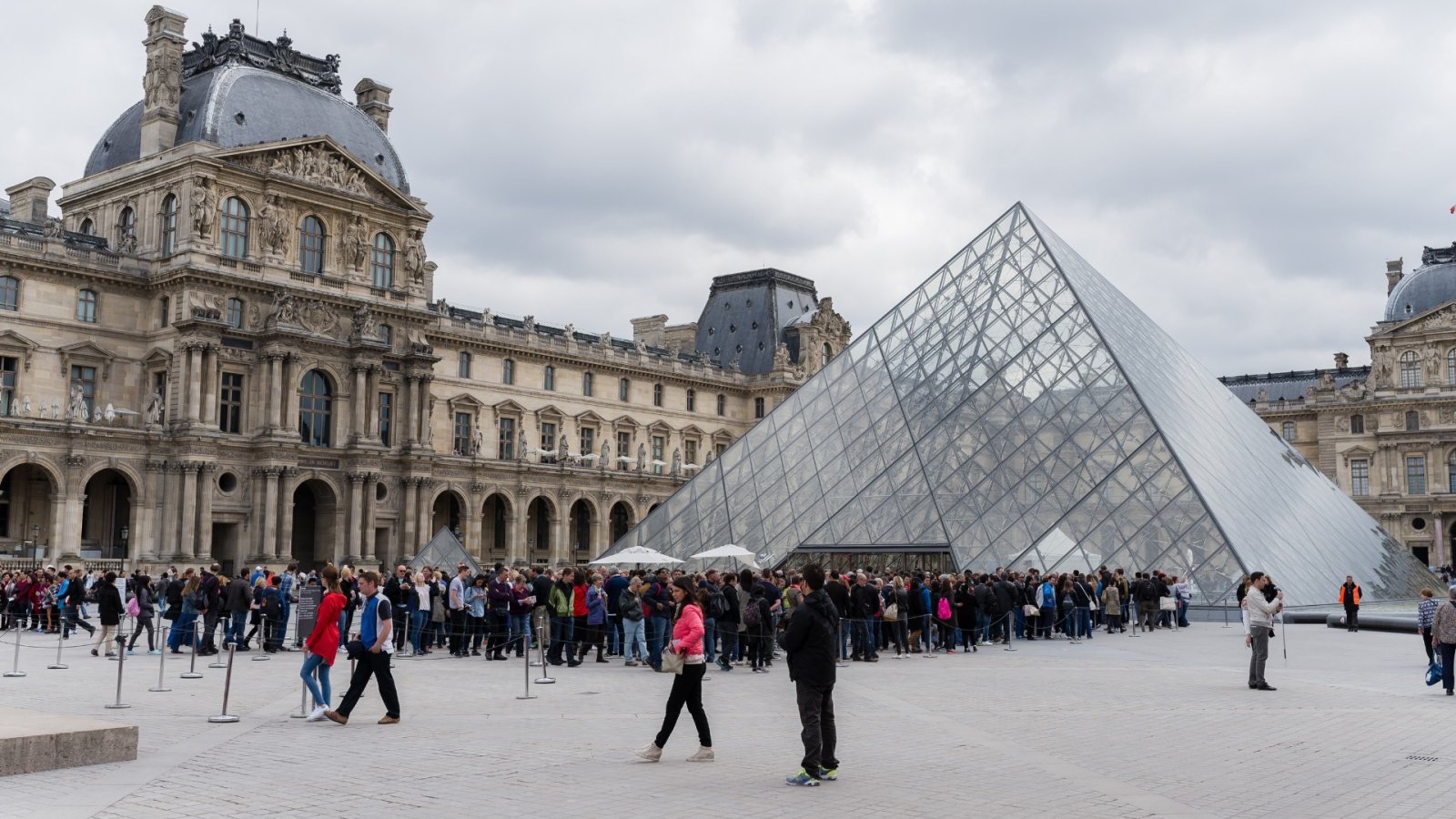In 1920s Paris, influential creative work flourished, with artists and writers feeling a sense of freedom and camaraderie. The era was characterized by cross-disciplinary collaboration and lively socializing, such as the famous Saturday salons hosted by Gertrude Stein. Artists like Picasso and Matisse mingled with writers like Hemingway, Fitzgerald, Pound, and Sitwell. The days would end with some seeking solitude while others gathered at cafes to discuss their lives and artistic pursuits.
In the visual art scene, artists in 1920s Paris experienced a newfound freedom by pursuing their own ideas instead of relying solely on commissioned work from patrons. This shift was supported by a group of dealers who sought to invest in young talent. Figures like Léonce Rosenberg fostered the careers of artists like Fernand Léger and Georges Braque, while Paul Guillaume represented Chaïm Soutine and Amedeo Modigliani. This movement towards independent artistic expression was reminiscent of how Paul Durand-Ruel had previously played a pivotal role in decentralizing France's art market by supporting Impressionist artists such as Claude Monet and Camille Pissarro, challenging the dominance of the Académie des Beaux-Arts' annual exhibitions before the mid-19th century.
Paris, known for its romanticized bohemian art scene, experienced a decline during World War II as many artists and gallerists dispersed, with some fortunate ones finding refuge in New York. The perception of Paris as a city with excellent museums but conservative galleries persisted for years. However, in the past few years, the art scene in Paris has witnessed a surprising resurgence. This is attributed to the emergence of international galleries run by young dealers, revitalized art fairs like FIAC, a growing auction market, and the opening of contemporary exhibition spaces such as the Pinault Collection's Bourse de Commerce. Some have even hailed Paris as the new art capital of Europe. This shift has drawn attention away from London, affected by Brexit, and Berlin, which no longer holds the same allure for young artists. Nevertheless, longtime gallerists in Paris may dismiss this supposed change, suggesting that it was always the case.
The Chinese word for crisis, "weiji," combines the characters for "danger" and "opportunity." Inspired by this conflation, art dealers Vanessa Guo and Jean-Mathieu Martini established Galerie Marguo in the fall of 2020. Guo, formerly the director of Hauser & Wirth Asia, found herself in Paris visiting Martini, an independent dealer of photography and art books, when the pandemic struck. The global pause prompted both of them to reflect on their purpose. Within a few months, Guo decided to leave her job, remain in Paris, and turn their romantic partnership into a business venture. While Galerie Marguo occupies a 1,200-square-foot former military complex in the vibrant Marais district alongside established galleries like Thaddaeus Ropac and Perrotin, as well as renowned institutions like the Picasso Museum and the Centre Pompidou, it primarily showcases the work of lesser-known international artists. Many of these artists, in their 30s and 40s and of Asian descent, are personally collected by Guo and Martini due to their shared passion.
Kamel Mennour, an Algerian-born French dealer, has consistently challenged prevailing notions and sees Paris as a significant hub for contemporary art. Since opening his eponymous gallery in 1999, representing renowned artists like Anish Kapoor, Ugo Rondinone, and Alicja Kwade, he has actively worked to expand the city's gallery scene. Mennour's belief in Paris' potential led him to establish four gallery spaces and promote the city's artistic vibrancy at international art fairs, attracting collectors. He observes that Paris has regained its dynamism, with new foundations, museums, galleries, and increased visits from overseas collectors. Mennour emphasizes that the city's revival has even enticed artists to return, drawn to its energetic atmosphere.






